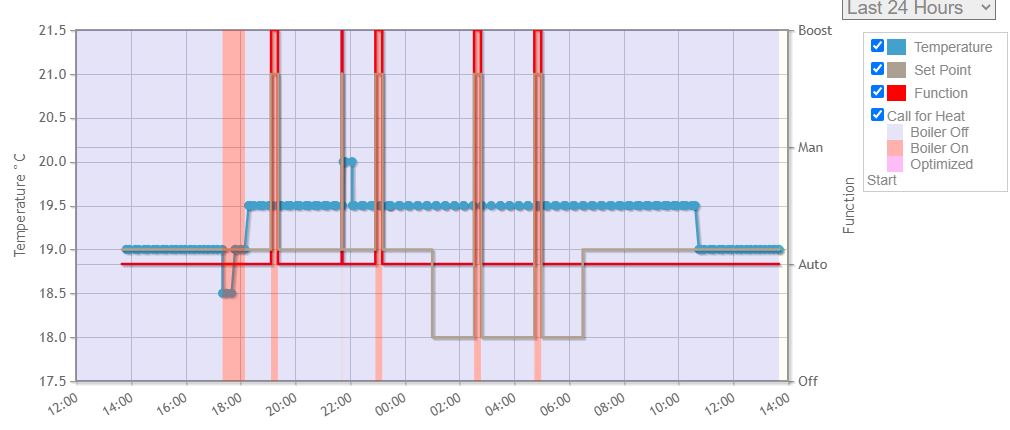
Ukraine crisis to further impact the energy price cap
Is there a way to curb the surge?
The energy price cap is already set to increase by 54%, heavily contributing to the UK’s rising cost of living.
The price cap could soar to more than £3,000 in October as a result of rising wholesale costs and Russia’s invasion of Ukraine.
The energy price cap is the maximum amount a utility company can charge an average customer in the UK per year.
National newspaper, The Guardian, reported on the link between energy prices and the current matters in eastern Europe, headlined “Gas prices hit record high again as Ukraine invasion disrupts markets.”
What does this mean for those paying the bills?
Landlords, homeowners, and tenants across the country have no choice but to foot the bill.
Unless they change the way they manage their energy usage.
House in Multiple Occupation (HMO) properties are often all bills inclusive, meaning it is up to the landlord to pay the utility bills.
The soaring prices will still be an issue even when bills are not included, not for the landlord, but for the tenant who will have to pay them.
How are landlords going to combat the harshened increase for everyone involved?
Here’s what we have done in our HMO properties to aid our landlords during the energy crisis.
We have installed a thermostat that we manage via an app, making the unit hassle-free for the landlord.
Here is an example from one of the HMOs we manage showing the heating used in the last 24 hours.


Previously, the heating in this property was running 24/7, but this graph shows the boiler was on for only 2 of the last 24 hours.
The graph shows the temperature range is 19-19.5°C - we set the temperature remotely, preventing tenant tampering.
It is visible when the ‘boost’ feature is activated and we can view how frequently it is used. The boost feature also gives the tenant an element of control over the heating.
For properties that we manage for other landlords, we manage the situation as part of the management service as every property is different.
Overall, this case study shows that the heating is not on all the time as it had been previously, and more importantly is not on very much at all and is saving the landlord money. This landlord is saving money on over 22 hours of heating a day.


